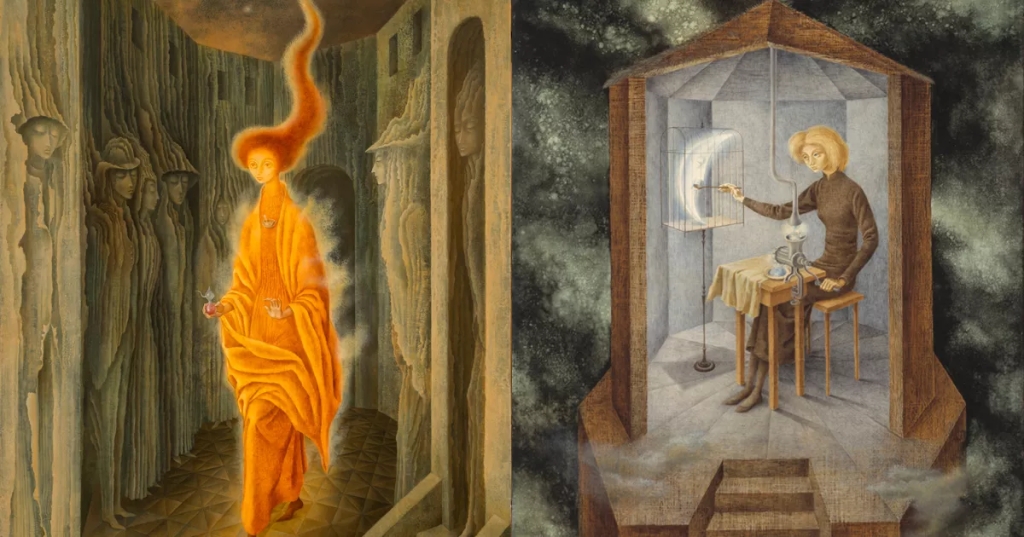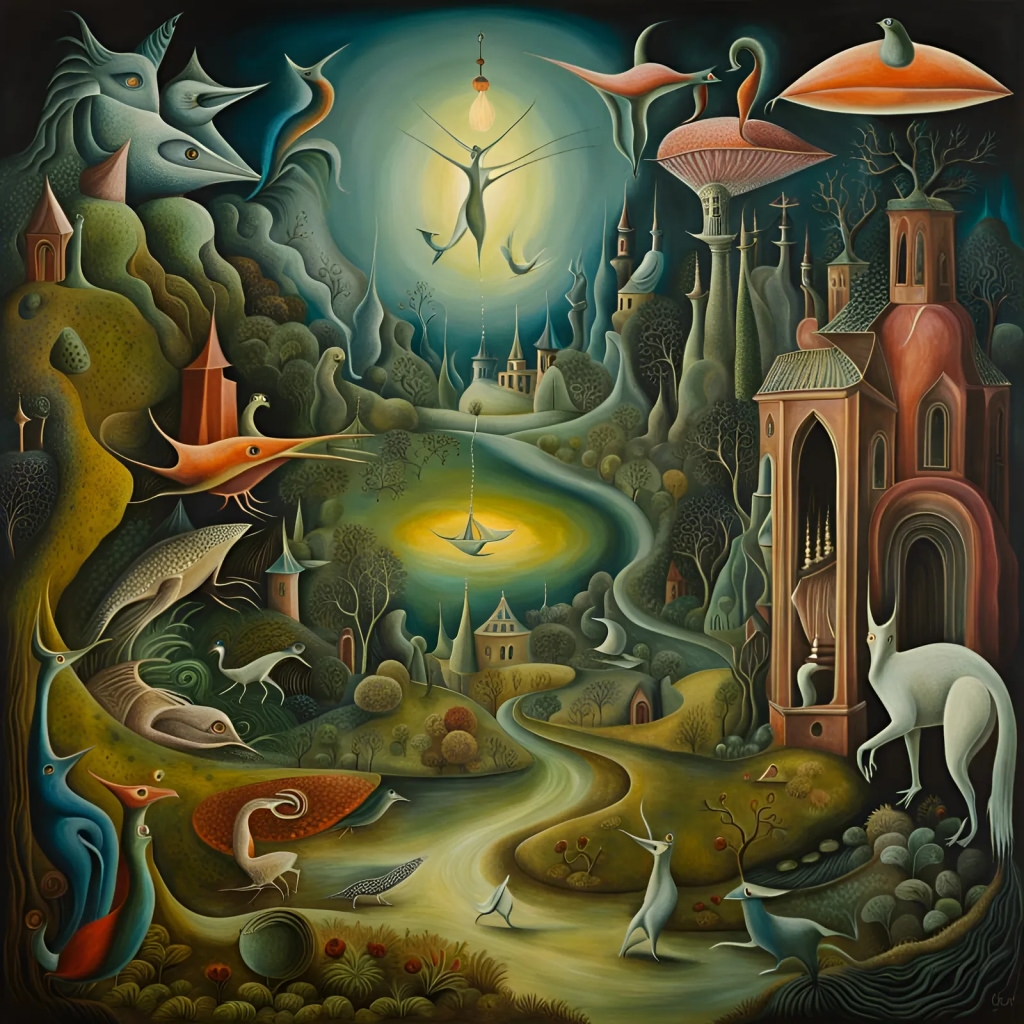Today, I want to write about one of my favourite topics: women or femininity. And, of course, about how much losses the men have caused because of this selfish arrogance! Maybe some male readers are annoyed by my pronunciation, but it’s the truth, and it’s never too late to wake up. De facto, men are often subconsciously inspired by women, even if they don’t realize it consciously.
The other day, I watched a film, Little Women. It is a 2019 American coming-of-age period drama film written and directed by Greta Gerwig. The story is based on the 1868 novel by Louisa May Alcott and revolves around the lives of four sisters – Meg, Jo, Beth, and Amy – who lived in Concord, Massachusetts, during the late nineteenth century. It was somehow long-breathing, I mean not dull, but too much time wasted in between! In the matter of movies, I have an even better suggestion: Elisa & Marcela— a 2019 Spanish biographical romantic drama film directed by Isabel Coixet. It is about the first same-sex marriage in Spain, although it shows the subsequent suffering.
What hit me in the eye by the latter one was the man’s rules, which preside over the world: Women were not to have any ideas, any self-decision, even they had no right to earn money; they only might accept “some limited” presents! I turned around on the couch twice when I heard it! How fool can the man be? I think it is the one-million-dollar question that nobody can really answer!?
After making a brief statement, I have a story to share with all the men here, including myself. The story aims to inspire and enlighten us all. The pictures and versions we see around us are not created by men but by women who possess incredible creativity. They are the ones who give birth to our offspring, and it’s only fitting that we acknowledge and appreciate their outstanding contributions. They teach us to keep our eyes open!
André Breton, a prominent figure of the Surrealist movement and the author of its first manifesto, once wrote that “the problem of woman is the most marvellous and disturbing problem in all the world.” However, his statement was not referring to the injustice and lack of recognition experienced by his female colleagues.
Marquee Surrealists like Breton, Dalí, Man Ray, Magritte, and Ernst relegated the women in their circle to the role of muses and symbols of erotic femininity rather than acknowledging them as artists in their own right.

Frida Kahlo
During a recent retrospective at the Museum of Modern Art, Méret Oppenheim stated in Behind the Masterpiece’s introduction to “The Fantastic Women of Surrealism” that it was the female Surrealists’ responsibility to break free from the limited roles that society and their male counterparts had imposed on them.
A woman isn’t entitled to think to express aggressive ideas.
The first artist featured on Behind the Masterpiece needs no introduction. Frida Kahlo is undoubtedly one of the most recognized female artists in the world. She was a woman who lived by her own rules, creating poetic and often raw imagery as she explored her own physical and mental pain:
I paint self-portraits because I paint my own reality. I paint what I need to. Painting completed my life. I lost three children, and painting substituted for all of this… I am not sick; I am broken. But I am happy to be alive as long as I can paint.

Left: Remedios Varo, La Ilamada (The Call), 1961. Courtesy of the National Museum of Women in the Arts.
The Art Institute of Chicago is currently exhibiting a collection featuring Remedios Varo, who, along with Leonora Carrington, according to the National Museum of Women in the Arts, were considered the “femmes-enfants” or “child-women” to the much older and renowned male artists in their lives.
Their friendship outlasted their romantic attachments to Surrealist luminaries Ernst and the poet Benjamin Péret, and Carrington honoured it in her novel, The Hearing Trumpet.


Their work showcases a shared interest in alchemy, astrology, and the occult approached from different angles, according to Stefan van Raay, author of Surreal Friends: Leonora Carrington, Remedios Varo, and Kati Horna:
Carrington’s work is about tone and colour, and Varo’s is about line and form.
The artistic identity of Dorothea Tanning was separate from that of her husband, Max Ernst, despite their association in the art world.
Alyce Mahon, an art history professor at the University of Cambridge and co-curator of the Tate Modern exhibit, discusses the work of an artist whose body underwent several transformations throughout her career. Unfortunately, the artist’s first major museum showcase was held after her death. Mahon highlights the deceptive femininity of Tanning’s soft sculptures:
Tanning’s pin cushion art challenges conventional associations of sewing and craft with women by transforming the humble object into a fetish. Her first creation, made in 1965 from velvet and placed with a voodoo doll, encourages us to think differently by taking something familiar and making it strange.ng something familiar and making it uncanny and weird.
Tanning refused to accept the label of “woman artist,” seeing it as no more sensible than “man artist” or “elephant artist.”
Put that in your pipe and smoke it, Sigmund Freud!
The concept of the subconscious mind was central to Surrealism, but its creator’s statement about women was controversial.

Bordando el manto terrestre (Embroidering the Earth’s Mantle), 1961
Gallery Wendi Norris
Oppenheim’s best-known work is object, the fur-lined teacup, saucer, and spoon. One might wonder what he would have thought of it.
Josh Rose’s essay for Khan Academy’s AP/College Art History course explains how visitors of the Museum of Modern Art declared it the “quintessential” Surrealist object during the “Fantastic Art, Dada, and Surrealism” exhibition of 1936-37.of 1936-37.
Oppenheim disappeared from the artistic scene for over a decade and destroyed much of her work. When she returned, she started to reclaim her intent. In her acceptance speech for an award, she expressed her belief that women must take their freedom and reject imposed taboos.
The question is: Will men ever become more aware and conscious? Thanks for your support.🙏💖
Sources:
Discover Leonora Carrington, Britain’s Lost Surrealist Painter
A Brief Animated Introduction to the Life and Work of Frida Kahlo
The Forgotten Women of Surrealism: A Magical, Short Animated Film



You must be logged in to post a comment.